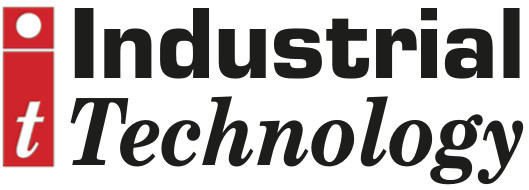
Posted to News on 29th Aug 2024, 11:30
Overcoming the challenges of contact mixing
Many industrial applications require the fast, homogenous mixing of materials, including adhesives, cosmetics, pharmaceuticals, and battery slurry. There are multiple ways of mixing materials, and manufacturers may look to change their mixing process if they identify productivity gains or quality challenges. Kevin Brownsill, Head of Technical: Learning and Development at a Intertronics, discusses common issues with industrial mixing and explains how to overcome them.

Contact mixing or mechanical agitation is a common way to mix industrial materials. Methods can range from stirring with a stick, glass stirrer, electric stirrer with blades, impellers or paddles, or magnetic stirrer. However, when mixing liquids, pastes, and powders during an industrial process, manufacturers may experience issues with contact mixing, such as variance between operators, difficulty validating the process, poor dispersion, or a high defect rate.
Manufacturers may have productivity-related reasons for changing their mixing process: increasing throughput or reducing waste. A manual mixing process may have numerous weighing or decanting steps, as well as require the operator to mix by hand. Furthermore, if there is a high filler content or heavy fillers in the mixture, the operator may risk repetitive strain injury (RSI). In applications like battery manufacturing, where operators may be mixing for hours, the risk can be greater.
Improving mixing quality
Quality and repeatability issues can be introduced when the paddle or stirrer introduces air into the mixture, mixing differs between operators, or contamination is introduced between batches. Incomplete mixing can lead to serious defects, particularly in adhesives applications where insufficient mixing of a two-part adhesive can lead to incomplete cure, and ultimately a product that cannot withstand the environmental conditions it will be subjected to.
It may be difficult to achieve a homogenous mix manually with some types of materials. For example, mixing can be difficult when combining materials with differing viscosities, or when adding solids such as conductive powders, catalysts, phosphors, fillers or even nanoparticles, into liquids or pastes.
Another challenge of contact mixing is that rollers, blades or propellors can cause physical damage to the components of a mixture. This can be a particular problem in applications where manufacturers are mixing delicate materials, such as enzymes or nanostructures.
Planetary centrifugal mixers
A planetary centrifugal mixer is a non-contact mixing method that combines revolution and rotation within a set radius to achieve a fast, homogenous mix. Rotation is typically fast (1,000s of RPM), generating mixing forces of about 400 G. Users mix in their own containers (of sizes ranging from 12 ml to 20 litre), and can mix, disperse, and degas materials in seconds to minutes.
Adopting a planetary centrifugal mixer can remove steps from a process compared with manual contact mixing processes, saving time and reducing labour costs. Material can be simultaneously mixed, dispersed, and degassed with minimal operator intervention, freeing up team members for more valuable work elsewhere. The technology can reduce process waste by reducing the risk of contamination, while the removed need for decanting reduces waste left in containers.
Process traceability
Planetary centrifugal mixers enable precise and repeatable control of the mixing process; process variables are programmable and manufacturers can create recipes to ensure consistency between batches. Some models offer data logging and PC connectivity, giving operators information on RPM, mode, and which recipe is being used. Mixers with communication functions can provide remote control and traceability functions - the user can start/stop operation and report abnormal stop information.
Manufacturers can collect data from their mixer to see the exact RPM in near real-time and validate that the correct program was used for a particular batch - useful for quality assurance, particularly in applications like medical, dental, aerospace and pharmaceutical manufacturing.
Selecting a mixer
There is a range of planetary centrifugal mixers available, some that purely mix, some that mix and degas, and some that degas to a high level under vacuum. Machine selection is normally based on two things, batch size and level of air removal required. While many manufacturers will choose a larger mixer for higher volume applications, others will operate multiple smaller machines. This approach avoids a large upfront investment, means there is not a single point of failure, and increases manufacturing flexibility.
The combined mixing and degassing modes of the standard planetary centrifugal mixers will usually mix materials so that there is no visible sign of bubbles. But those working in high-tech applications like Formula 1, optics or aerospace, may need to guarantee that all air is removed from a mixture. In this case, manufacturers can select a machine that mixes under vacuum, which can remove invisible micro bubbles.
A good supplier can address your challenge by doing laboratory evaluations and demonstrations with your materials. Based on previous experience, it can advise on the best mixer for your process.






